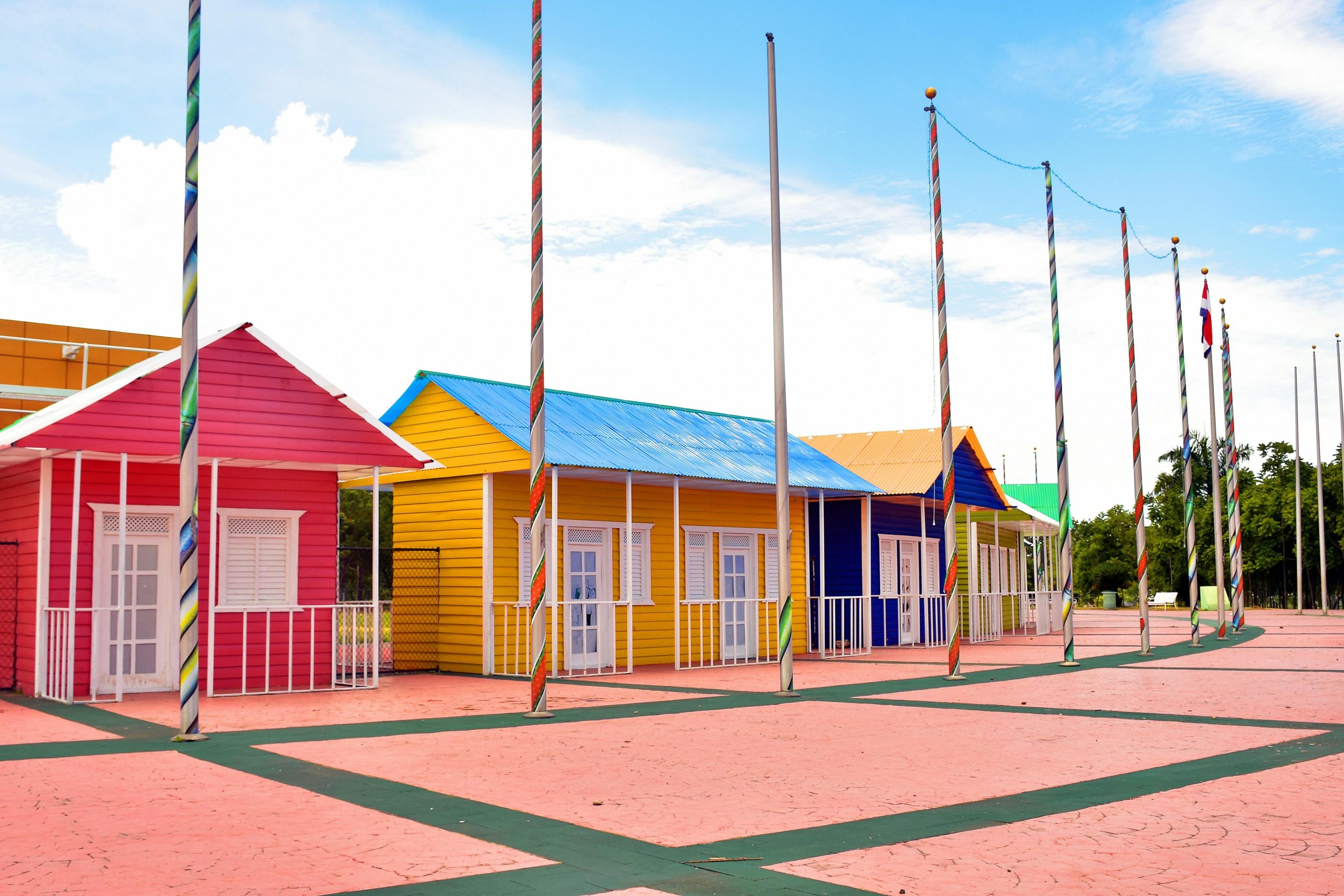
A Journey Through Time
Website design has undergone a remarkable transformation over the past few decades. From the early days of text-heavy pages to today’s dynamic, visually stunning experiences, the evolution of website design reflects advancements in technology, changes in user behavior, and the ever-growing need for online engagement. As a web design enthusiast, I’ve witnessed this evolution firsthand, and I’m excited to take you on a journey through the evolution of website design trends that have shaped the web as we know it.
1. The Birth of the Web: Text-Driven Simplicity
In the early 1990s, website design was rudimentary. Text was the primary focus, and pages were often plain, featuring basic HTML. Remember the days of Times New Roman fonts and blue hyperlinks? Sites like the original CERN website and early versions of Yahoo! were functional but far from visually appealing. They served a purpose—providing information—but offered little in terms of aesthetic value.
2. The Rise of Flash: A New Era of Creativity
The late 1990s and early 2000s introduced a wave of creativity with Adobe Flash. Flash allowed for animations, interactive elements, and more visually engaging websites. Designers had newfound freedom to create experiences that went beyond static pages. A great example of this era is the website for 2Advanced Studios, which became iconic for its futuristic design and fluid animations. However, Flash had its limitations—it was resource-heavy, required plugins, and wasn’t SEO-friendly, leading to its eventual decline.
3. The Minimalist Movement: Less Is More
As the web matured, so did design sensibilities. The mid-2000s saw a shift towards minimalism, with clean lines, ample white space, and a focus on content. Apple’s website is a prime example of this trend. The design was simple, yet elegant, allowing the products to shine without unnecessary distractions. Minimalism continues to influence modern design, particularly with the rise of mobile-first and responsive design.
4. The Mobile Revolution: Designing for Every Screen
With the advent of smartphones, responsive design became a necessity. Around 2010, designers began prioritizing mobile users, leading to the development of fluid grids, flexible images, and media queries. This trend ensured that websites looked great on any device, from desktops to tablets to smartphones. A notable example is the Boston Globe’s 2011 website redesign, which set a new standard for responsive web design.
5. The Era of Flat Design: A Departure from Skeuomorphism
Around 2013, flat design emerged as a response to the overly realistic skeuomorphic designs that had dominated the web. Flat design embraced simplicity, using two-dimensional elements, bright colors, and simple typography. Microsoft’s Metro design language and Apple’s iOS 7 are examples of this trend. Flat design not only improved load times but also created a more user-friendly experience.
6. The Advent of Material Design: Adding Depth to Flat Design
In 2014, Google introduced Material Design, which built upon the principles of flat design but added depth through shadows, layers, and responsive animations. Material Design aimed to create a unified experience across all Google products and influenced many other websites and apps. The design language brought a sense of physicality and tactility to digital interfaces, enhancing user interaction.
7. The Rise of Microinteractions: Enhancing User Engagement
Microinteractions are subtle animations or visual cues that provide feedback to users, making their interactions more intuitive and engaging. Examples include the like button on social media platforms or the typing indicator in messaging apps. These small details, which became prominent in the mid-2010s, play a big role in improving user experience by making websites feel more responsive and interactive.
8. The Current Trend: Dark Mode and Neumorphism
Today, dark mode and neumorphism are among the hottest design trends. Dark mode offers an alternative color scheme that’s easier on the eyes and can save battery life on OLED screens. Apps like Twitter and websites like Apple’s Developer portal have embraced this trend. Neumorphism, on the other hand, combines the flat design’s simplicity with subtle 3D elements, creating a soft, almost tactile user interface.
9. The Future of Web Design: AI, VR, and Beyond
Looking ahead, the future of web design is poised to be shaped by artificial intelligence (AI), virtual reality (VR), and augmented reality (AR). AI-driven design tools are already helping designers create more personalized experiences, while VR and AR are beginning to offer immersive web experiences that blur the line between the digital and physical worlds. The potential for these technologies is vast, and I can’t wait to see how they’ll redefine web design in the years to come.
Conclusion
The evolution of website design is a testament to how far we’ve come, both in terms of technology and creativity. As designers, it’s crucial to stay ahead of the curve, embracing new trends while maintaining a focus on user experience. Whether you’re a fan of minimalist design, a lover of animations, or excited about the future of AI, one thing is certain: website design will continue to evolve, and I’m thrilled to be part of this ever-changing landscape.








